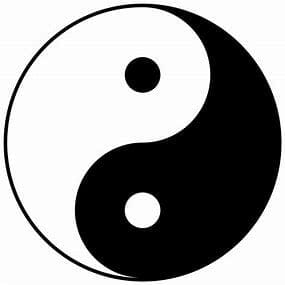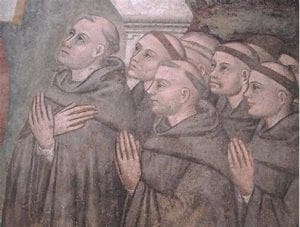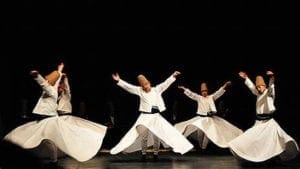 Meditation may be a new trendy buzzword, but the practice of settling your mind has developed over many centuries in several philosophical and religious traditions. Let’s take a walk down Meditation Memory Lane!
Meditation may be a new trendy buzzword, but the practice of settling your mind has developed over many centuries in several philosophical and religious traditions. Let’s take a walk down Meditation Memory Lane!
C.5000-3500 BCE: Wall art showing people seated in meditative positions (including half-closed eyes) appears in the Indus Valley in South Asia. The art has been linked to the Hindu tradition.
C.1500 BCE: The Vedas were written. The ancient Hindu scripture is the oldest written evidence of meditation. Many recognizable (and popular) Yogic lineages began with the Vedas and continue to thrive today, especially the modern Yoga movement which emphasizes postures and breathing.
600-500 BCE: Laozi, the Chinese sage, established Taoism in China. Taoism sinks to find harmony in nature (Tao), cultivate energy (qi), and find balance. Taoist practitioners developed many meditative practices, such as Tai Chi.
find harmony in nature (Tao), cultivate energy (qi), and find balance. Taoist practitioners developed many meditative practices, such as Tai Chi.
600-400 BCE: About the same time as the development of Taoism, Mahavira founded Jainism in India and Confucius began Confucianism in China. Both traditions practiced meditative techniques such as Preksha Dhyana (Soul Insight) and Jingzuo (Quiet Sitting) which still exist and are practiced today.
600-400 BCE: At the same time as Taoism, Jainism, and Confucianism, Siddhartha Gautama (eventually known as Buddha) learned meditation from Yogis. He later created his own meditative philosophy to overcome suffering and move toward enlightenment. The Loving-Kindness meditation is still being practiced today!
327-325 BCE: After military exploits in India, Alexander the Great is believed to have brought the Sages and Yogis of India in contact with Greek philosophers. Through this exchange, the Greeks developed their own forms of meditation, such as navel-gazing (omphaloskepsis).
 C.300 – 600: Christian Mystics create their own form of meditation, mostly in a mantra-repeating manner using the repetition of a religious word or phrase. The meditative practice of Lectio Divina is widely practiced by Benedictine monks.
C.300 – 600: Christian Mystics create their own form of meditation, mostly in a mantra-repeating manner using the repetition of a religious word or phrase. The meditative practice of Lectio Divina is widely practiced by Benedictine monks.
C.527: Zazen is created by a Buddhist monk, Bodhidharma, who traveled from India to China. It is still widely practiced today.
C.600s: Sufism, the mystical branch of Islam, practices meditation based on breathing, mantra, and gazing. The practice of Sufi Whirling (Samazen) is a form of moving meditation that is still practiced in Turkey.
900-1300: Jesus Prayer is developed in Greece in the Hesychasm Christian tradition. This group of Christians may have been influenced by the practices of Sufis or Indians.
1200s: The Jewish mystical tradition of Kabbalah develops its own meditative practices based on deep contemplation of philosophical principles, names of God, and the Tree of Life.
1700-1800s: The Upanishads, Bhagavad Gita, and other Eastern philosophical texts are translated into European languages and have become a topic of study for intellectuals. in 1893, Hindu missionary Swami Vivekananda presents at the World Parliament of Religions in Chicago, thereby stimulating an interest in Yoga and meditation in the West.
1900s: Several spiritual teachers come to the United States (Paramahansa Yogananda, M aharishi Mahesh Yogi, Swami Rama). Meditation begins to be taught in a simpler, Westernized way separated from its spiritual context.
aharishi Mahesh Yogi, Swami Rama). Meditation begins to be taught in a simpler, Westernized way separated from its spiritual context.
1930s-1980s: Scientists begin to study meditation and its effects on the brain. This causes the practice to move even further from its spiritual roots.
Today: Meditation is mainstream and has been proven to benefit the body, mind, and general wellness.


